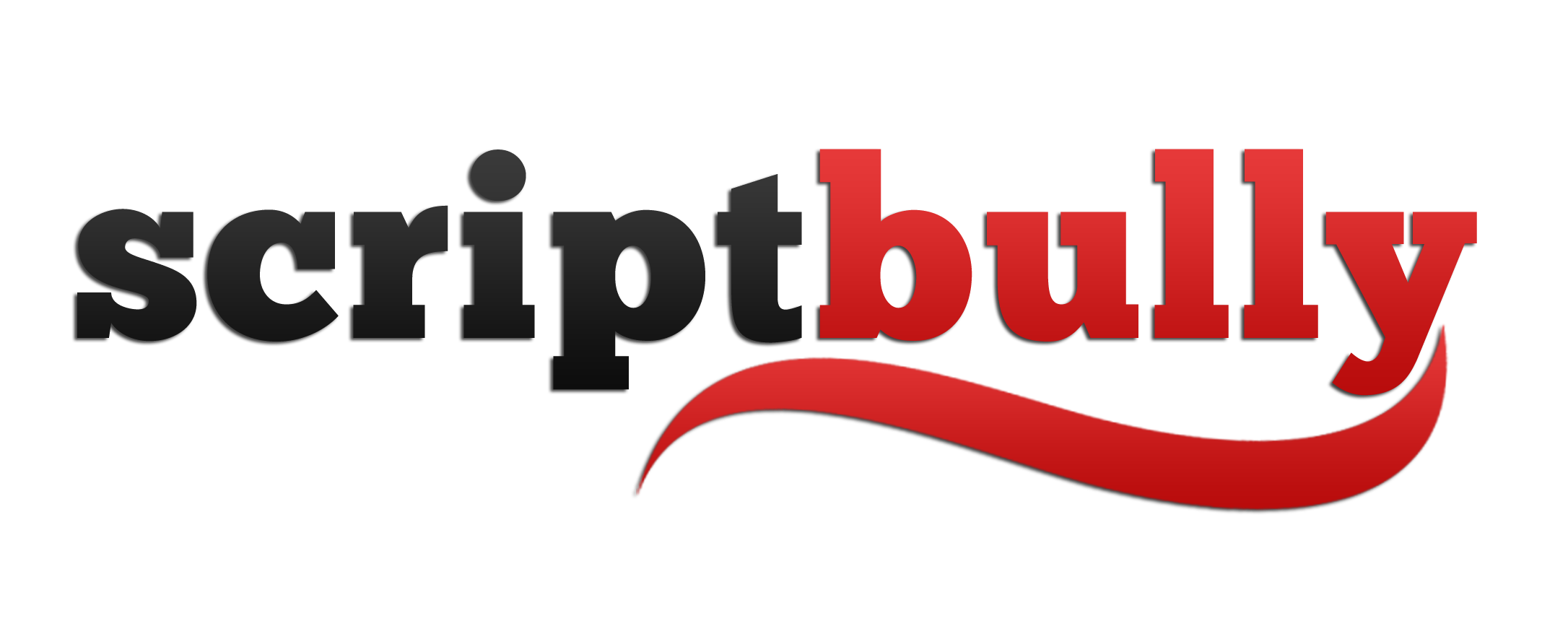There may be no more confusing concept in screenwriting – aside from why people keep giving Adam Sandler the chance to make movies – then that of script analysis.
Does script analysis relate to close study of a screenplay by a screenwriter to better learn the form and structure of the craft?
Or does screenplay analysis relate to the act of handing over your screenplay to a professional screenplay reader — or in some cases purported professional screenplay reader — who then reads your screenplay carefully and provides you written (sometimes audio) screenplay coverage of your work of somewhat art.
The answer is yes…and yes.
And knowing what type of script analysis you need, at a given time, knowing what each entails is a good first step toward improving as a screenwriter and starting to sound like anything but an amateur.
Key Takeaways (Or For Those Who Have ADD)
- Script analysis can mean a scene-by-scene notation of what happens in a screenplay (this will help you see craft in terms of beats)
- Script analysis can also mean professional coverage (Great if you’ve done 2-3 rewrites)
Script Analysis – The DIY Version
One of the most helpful and eye-opening things you can do as a screenwriter is to pore through a screenplay — not written by you — and do a detailed breakdown of what happens, page-by-page, making key notes about particular visual elements and transitions.
I know this sounds about as much fun as standing in line at the DMV. But it can be about the most instructive thing for your screenwriting education; especially in understanding how many different things need to happen on a single page.
Here’s a quick example of the first few scenes from Last Action Hero:
- Page 1
- Close on sea of blue and red patrol car lights
- Cop and strike teams chaotically running – Focus on elementary school roof – shit, they got kids in there
- Lt. Dekker tells rookie to secure perimeter
- Hostage taker fires his shotgun – wants his helicopter
- Close on sea of blue and red patrol car lights
- Page 1/2
- CU on Boots…walking on top of patrol cars
- Jack Slater makes his way to scene – Lt .Dekker tells him not to go in – “it’ll be your badge” – Lt. Gov tells Slater to stand down – Slater says ring him when the Gov shows up
- CU on Boots…walking on top of patrol cars
- Pg 3
- 1st Flo0r -School
- Swat guy tries to stop him – Slater kicks him in crotch
- 1st Flo0r -School
- Pg 3/4
- Rooftop
- Killer has hostages – one of them says “Dad” upon seeing Slater
- Slater and killer know each other – Slater’s illegal search years ago let him go free
- Rooftop
- Pg 4/5
- Slater throws down his weapons, except for a grenade which he throws
- Killer makes the “kid” pick it up – it’s a dummy, except for the switchblade inside
- Kid Stabs killer – Slater dives for his .44 – Gun goes off and….
- Pg 6
- Out of focus
- Pull back to reveal we’re “watching a movie”
- 10 year-old in front row yells “focus!”
Now you can do it any way you like. I like bullet points; I’m OCD like that.
But you want to get into the habit of noting down the ebb and flow of scenes. Sure, it’s helpful to report the basic scene-by-scene breakdown of a screenplay. “Scene 4: Rick and Ilsa remember Paris.”
Yet far more helpful is a detailed transcription that shows you the many different beats — the rises and falls – within a given scene.
Okay…that’s script analysis that any screenwriter or actor can do to really get into the trenches of a screenplay.
Let’s turn to the other type of screenplay analysis…
Script Analysis: The Pro Version
This is where you get a professional to look over your script and provide screenplay coverage of your script. You usually do this for two reasons:
- You think your script needs a little improving – You send it to an industry pro who provides both coverage and feedback/suggestions for making your script
- You’re positive your script is finished and super-awesome – You send in a query email to an agent/producer – They request it – A company underling reads your script and provides coverage to his/her boss
And what exactly do these two types of script coverage contain. Well, they usually focus on the following elements:
- Plot – How well did you maintain rising action – Is the spine clear?
- Character – Are they unique, interesting, different, believable?
- Dialogue – Is it realistic, punchy and fast-moving…or is it as slow as a Merchant Ivory film?
- Genre/Theme – How does this screenplay fit within the existing genre? What is its overall tone and theme?
- Format – Is is professionally-formatted or does it look about as professional as a 4th-grade English project?
- Industry marketability – Is there a place for it in the existing industry? At this agency/company?
- (Optional) – Suggestions on how to fix all of these different elements.
Depending on where you are in the screenwriting continuum will determine the type of coverage you get. And while you’re more than dabble into any kind of script analysis you like, at any time, my recommendation would be to:
- Spend 2-3 months doing your own script analyses (1x week)
- After you do your third or fourth rewrite, get a professional opinion geared toward improvement
- Do 2-3 more rewrites, then query your database of contacts to see if somebody will give you some “real” coverage
Approach it this way and you might just end up with, not just some super-helpful script analysis, one killer screenplay that eventually changes your life. (Just make sure to ask that Adam Sandler NOT be considered for the lead.)
What’s Your Screenwriter Take?
Have you had script analysis on one of your stories? Let us know in the comments below how it went.






